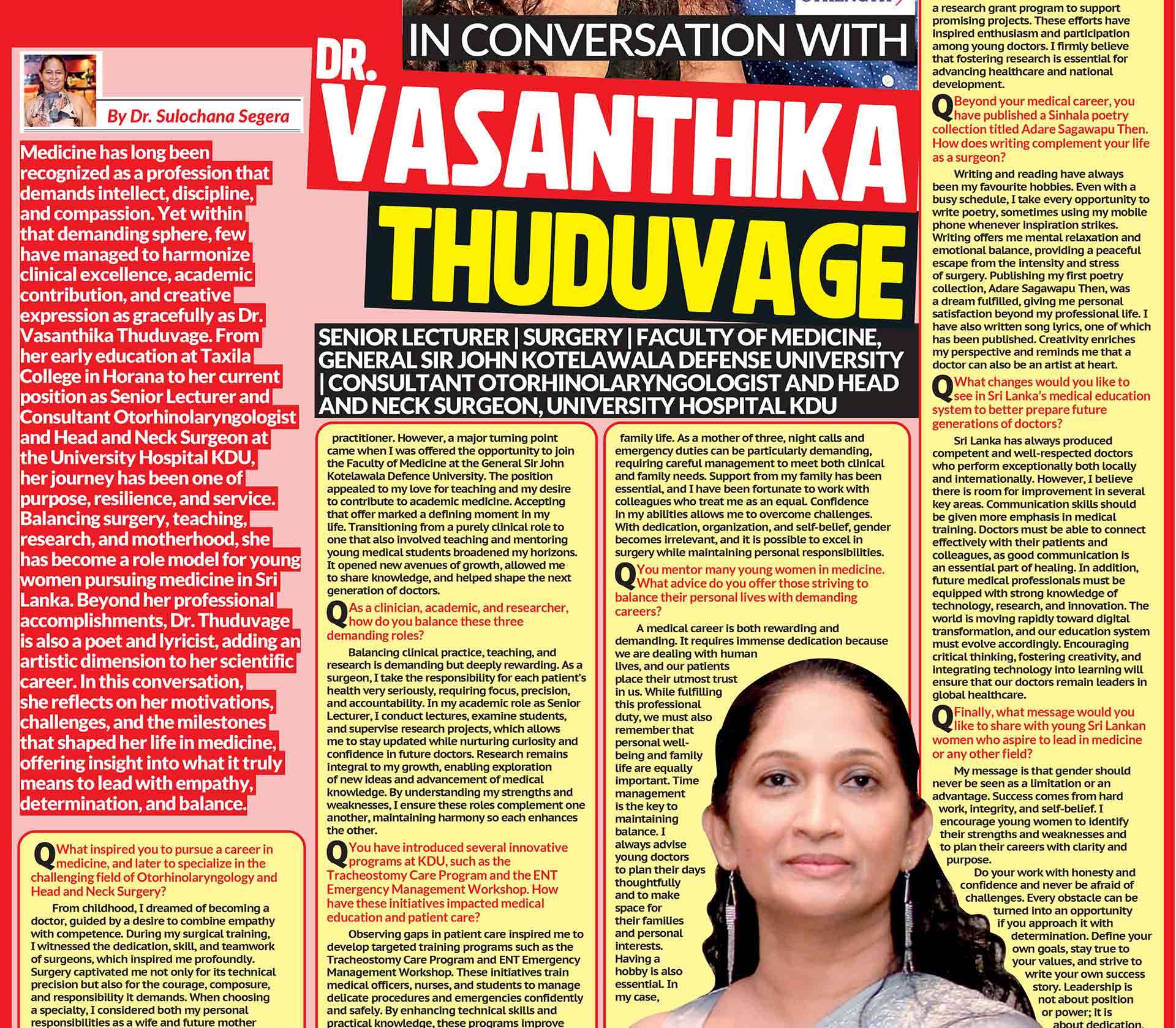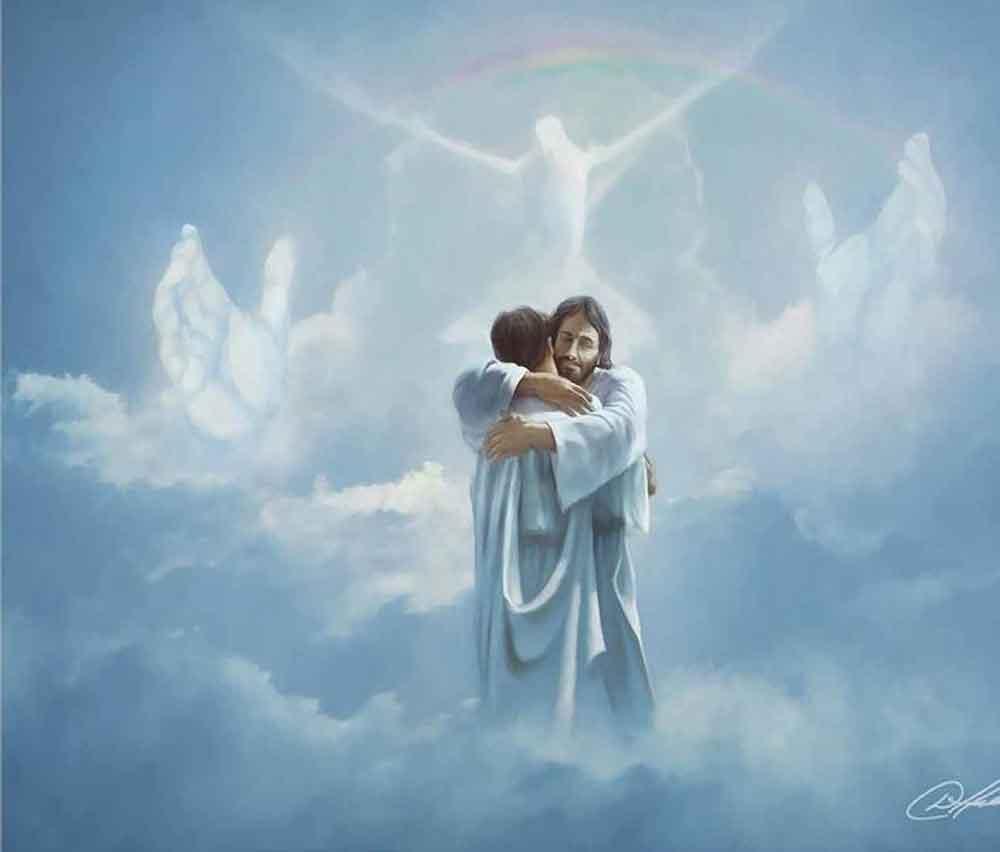
November, in the Catholic tradition, is known as the Month of the Dead, a time devoted to remembering, mourning, and celebrating those who have gone before us. Cemeteries begin to bloom with fresh flowers, and prayers rise like whispers through the air. Far from being a month of gloom, it is one filled with quiet reverence and deep hope. Its origins, though deeply Christian, reach back through centuries to the earliest human efforts to honour the dead and to find meaning in the mystery of life after death.
Ancient Foundations: Remembering the Dead Before Christianity
The instinct to honour the dead is as old as humanity itself. Long before the rise of Christianity, civilisations from Egypt to Rome practised rituals to commemorate their ancestors. The Romans, for instance, observed Parentalia, a festival held each February to honour deceased family members with offerings of food, flowers, and wine at their graves. These customs were not rooted in fear but in love and continuity, a recognition that the dead remained part of the community, deserving remembrance and care. When Christianity began to spread through the Roman Empire, it did not completely abolish these ancient practices. Instead, the Church transformed them, purifying their meanings and orienting them toward the central mystery of the Christian faith: the resurrection of the body and life everlasting. Thus, the Church’s commemoration of the dead evolved not as a rejection of human custom, but as its spiritual fulfilment.

The Birth of All Saints and All Souls Days
The formal observance of the Month of the Dead traces back to two key feasts: All Saints’ Day (November 1st) and All Souls’ Day (November 2nd). Their origins are distinct yet complementary. All Saints’ Day, also called All Hallows’, was established to honour the countless saints and martyrs who had no specific feast day. Its roots lie in the early centuries of the Church, when Christians commemorated martyrs on the anniversary of their deaths. By the 8th century, Pope Gregory III dedicated a chapel in St. Peter’s Basilica to “all the saints,” fixing the date on November 1st.
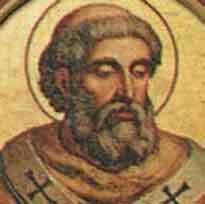
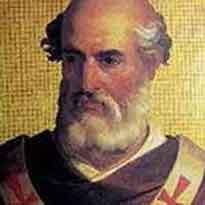
St. Pope Gregory III, Pope Gregory IV
Pope Gregory IV later extended the feast to the universal Church, establishing a worldwide day of celebration for all who had attained eternal glory. The following day, All Souls’ Day, was introduced by St. Odilo of Cluny in 998 AD. Moved by compassion for the souls in Purgatory, those being purified before entering Heaven, he decreed that all monasteries of the Cluniac order should offer prayers and Masses for the dead-on November 2nd. This practice spread rapidly throughout Europe and, by the 14th century, had become a universal observance in the Catholic Church. Thus began the annual rhythm of November: a time to honour both the saints triumphant and the souls still journeying toward eternal rest.
The Evolution of November as the Month of the Dead
Over time, the Church extended the commemoration beyond two days into an entire month of remembrance. The month of November, marked by shorter days and the decay of nature, became a poignant symbol of human mortality and divine promise. The faithful were encouraged to visit cemeteries, pray for their loved ones, and offer acts of penance or charity in suffrage for the souls in Purgatory. The Catechism of the Catholic Church reaffirms this ancient devotion, teaching that “from the beginning, the Church has honoured the memory of the dead and offered prayers in suffrage for them” (CCC 1032). This belief rests upon the conviction that prayer can assist those who have died in God’s grace but still require purification before entering His presence. In this way, the Month of the Dead underscores a profound theological truth: that the Church is not divided by death, but united in a “communion of saints”, those on earth, those in heaven, and those being purified.

Traditions and Practices Around the World
While the essence of November’s devotion is universal, its expressions vary across cultures. In Europe, particularly in Italy, Spain, and Poland, families flock to cemeteries during the first week of November to clean graves, adorn them with flowers, and light candles symbolising the light of Christ shining in darkness. In Latin America and the Philippines, Catholicism is intertwined with indigenous customs to form colourful yet deeply spiritual celebrations. El Día de los Muertos (Day of the Dead), for instance, though often associated with Mexican culture, finds its Christian foundation in All Souls’ Day, blending Catholic theology with pre-Columbian reverence for ancestors. In many countries, the faithful recite the Eternal Rest Prayer, “Eternal rest grant unto them, O Lord, and let perpetual light shine upon them”, and gain indulgences for visiting cemeteries and praying for the departed. The Vatican grants a plenary indulgence, under usual conditions, to those who perform these acts between November 1st and 8th, emphasising the ongoing bond between the living and the dead.
Spiritual Significance and Symbolism
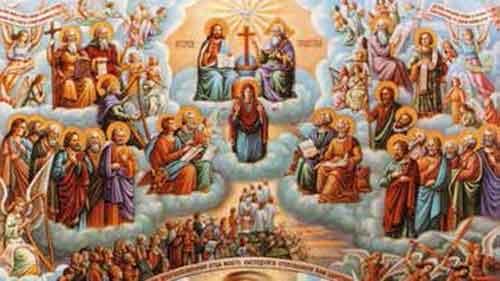
The Month of the Dead is not morbid in its focus; rather, it is deeply hopeful. It invites believers to meditate on the mystery of life and death, sin and redemption, time and eternity. Death, in Catholic understanding, is not annihilation but transformation, the passage from earthly pilgrimage to the fullness of divine life. By praying for the dead, the faithful affirm two core beliefs: the mercy of God and the interdependence of souls. The Church on earth (the Church Militant) offers prayers and sacrifices for the Church Suffering (souls in Purgatory), trusting that they will soon join the Church Triumphant (the saints in Heaven). This unity forms the heart of November’s devotion: love that transcends the grave. Furthermore, the liturgical readings of the month, drawn from books such as Wisdom, Maccabees, and the Gospels, echo themes of resurrection, hope, and divine justice. The altar, draped in sombre tones, becomes a place of quiet remembrance and renewed faith in the promise of Christ: “I am the resurrection and the life; whoever believes in me, though he dies, yet shall he live.”
Modern Reflections: A Month That Speaks to the Present

In an age that often denies death, the Month of the Dead offers a necessary counterpoint. It reminds the faithful to confront mortality not with fear, but with faith. Visiting graves or lighting candles becomes an act of spiritual mindfulness, a way to honour the past, reconcile with loss, and reaffirm hope in eternal life.

